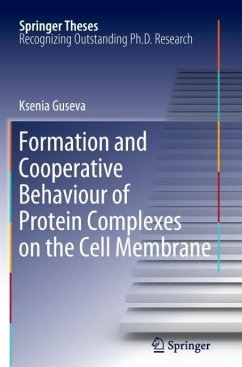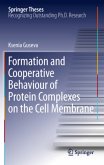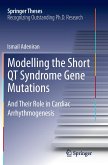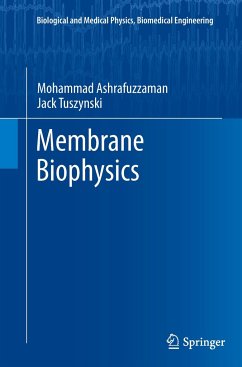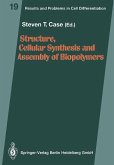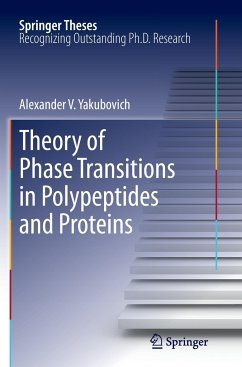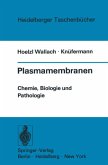With the aim of providing a deeper insight into possible mechanisms of biological self-organization, this thesis presents new approaches to describe the process of self-assembly and the impact of spatial organization on the function of membrane proteins, from a statistical physics point of view. It focuses on three important scenarios: the assembly of membrane proteins, the collective response of mechanosensitive channels and the function of the twin arginine translocation (Tat) system. Using methods from equilibrium and non-equilibrium statistical mechanics, general conclusions were drawn that demonstrate the importance of the protein-protein interactions. Namely, in the first part a general aggregation dynamics model is formulated, and used to show that fragmentation crucially affects the efficiency of the self-assembly process of proteins. In the second part, by mapping the membrane-mediated forces into a simplified many-body system, the dynamic and equilibrium behaviour of interacting mechanosensitive channels is derived, showing that protein agglomeration strongly impacts its desired function. The final part develops a model that incorporates both the agglomeration and transport function of the Tat system, thereby providing a comprehensive description of this self-organizing process.

